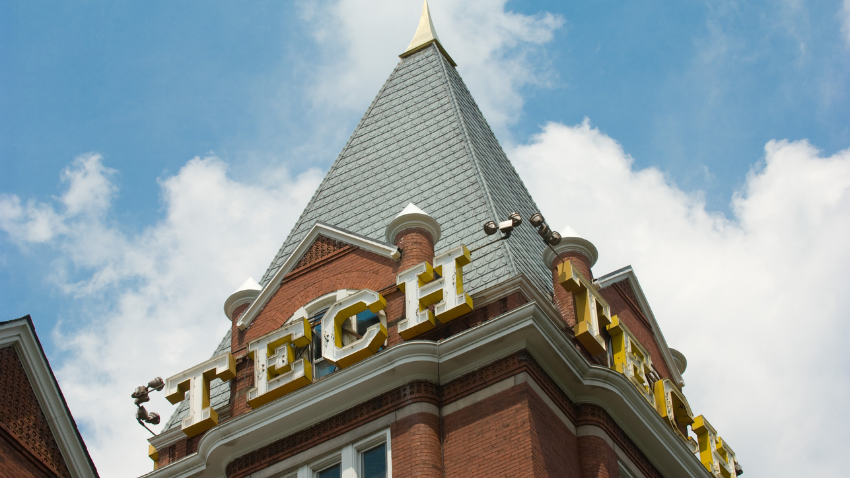
Topliff, Truong Tapped for 2020 NDSEG Fellowships
Charles Topliff and Joanne Truong have been named as recipients of the 2020 National Defense Science and Engineering Graduate (NDSEG) Fellowships. They are both Ph.D. students in the Georgia Tech School of Electrical and Computer Engineering (ECE).
The NDSEG Fellowships are funded by the U.S. Department of Defense (DoD), through the Office of the Under Secretary for Research and Engineering and the military services, to promote education in science and engineering disciplines relevant to the DoD mission.
Topliff is a second year ECE Ph.D. student in the machine learning program. He is co-advised by ECE Associate Professors Morris Cohen and Mark Davenport. Topliff’s research is focused on time series forecasting using modern machine learning techniques. He is also interested in explainability in machine learning.
For many applications in time series forecasting, it isn’t enough to just improve predictive capabilities. As an example, Topliff wants to know when solar flares can be expected to influence the power grid and what can done to prepare. However, it would be difficult to convince anyone to make decisions without explainability. Having a strong understanding of why Topliff’s models produce forecasts that necessitate action will provide guidance for authorities in their decision making.
Truong is a first year ECE Ph.D. student in the robotics program. She is co-advised by Sonia Chernova and Dhruv Batra, who are associate professors in the School of Interactive Computing and the Machine Learning Center. Truong’s long-term research goal is to allow robots to intelligently interact with humans in complex environments to improve quality of life. She hopes to develop techniques to enable the transfer of robot skills learned in simulation to a real robotic system. This is important because working in simulation presents many benefits: it’s often cheaper, faster, and safer than working on a real robot. However, it’s non-trivial to transfer this learned knowledge onto a real robot, as many inconsistencies and differences exist between the simulation platform and the real world.
Truong hopes to develop generalization techniques to bridge the gap between simulation and reality so that robotics developments can be done by more artificial intelligence researchers/students – even those who don’t have access to the physical hardware, which will help to accelerate robotics research.
As computing revolutionizes research in science and engineering disciplines and drives industry innovation, Georgia Tech leads the way, ranking as a top-tier destination for undergraduate computer science (CS) education. Read more about the college's commitment:… https://t.co/9e5udNwuuD pic.twitter.com/MZ6KU9gpF3
— Georgia Tech Computing (@gtcomputing) September 24, 2024


